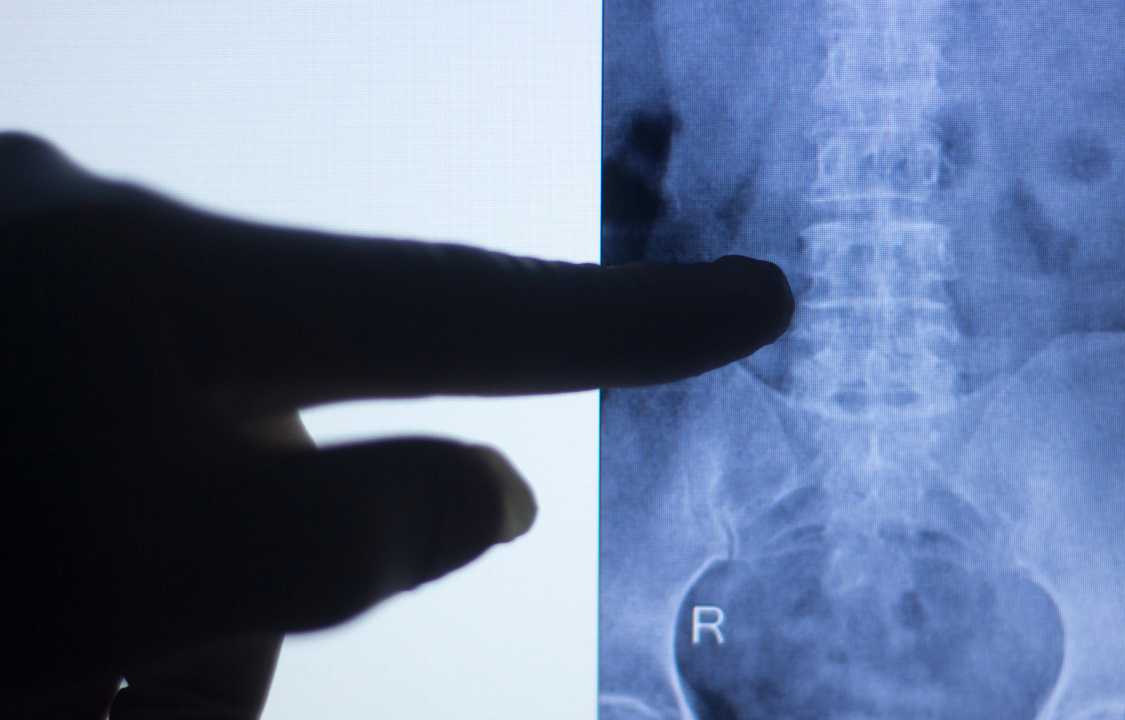Insight, Medical Tools
Early Scans for Back Pain Add Cost But Offer Little Benefit for Seniors
Older adults experiencing new-onset back pain often undergo CT scans or MRIs, despite current guidelines from the American College of Radiology. The guidelines suggest that early MRIs are “appropriate” for individuals aged 70 and older with new-onset back pain. However, a study from the University of Washington challenges this practice, indicating that such scans are often unnecessary, contributing to increased costs without improving outcomes.
The research tracked over 5,200 individuals aged 65 and older who consulted primary care physicians for new back pain episodes. Among them, over 1,500 received some form of back scan within six weeks of their initial doctor visit. The study, based on medical records and participant questionnaires, revealed that those who underwent early scans did not experience better outcomes compared to those who did not have scans. Instead, the scans added an average of $1,400 per person to the overall cost of back pain care, without demonstrating any measurable benefit.
Watch for red flags
Back pain, particularly in the lower back, is a prevalent issue, and many people experience at least one episode of significant back pain in their lives. Often, the exact cause of the pain remains unidentified, and in many cases, it tends to improve without specific interventions.
The University of Washington study suggests a practical approach for managing new back pain in older adults: adopting a wait-and-see strategy, employing simple methods to alleviate pain, and closely monitoring the situation.
However, it’s crucial to note exceptions. If an individual with new back pain displays symptoms or signs indicative of a fracture, cancer, infection, or another severe problem, early imaging tests such as a spine x-ray, CT scan, or MRI may be necessary. “Red flags” for such serious issues include:
- Back pain accompanied by a fever
- Back pain in someone diagnosed with cancer
- Back pain that disrupts sleep (not just waking up with lingering pain, but pain that actively wakes you)
- Back pain following an injury
- Back pain associated with loss of control over urine or stool
Just say no to an early back scan
Severe back pain can be a distressing experience, especially for those who haven’t encountered it before. The desire to understand the root cause and seek effective treatment is entirely natural. While undergoing a CT scan, MRI, or x-ray for the back might seem like a logical step to identify the problem and guide treatment, research, including the study from the University of Washington, indicates that these scans offer significant benefits primarily to a small percentage of individuals with new-onset back pain accompanied by red-flag symptoms.
In cases where the imaging test reveals a bulging disc or other structural changes, it might be perceived as the cause of the back pain. However, there’s a considerable likelihood that the identified issue on the scan may not be the primary cause of the pain. Treating the detected structural change may not necessarily alleviate the pain or, in some instances, could even exacerbate the problem.
Easing back pain
For new-onset back pain, there isn’t a one-size-fits-all remedy, and staying in bed for extended periods tends to exacerbate the condition. Instead, consider the following strategies:
1. Stay Active: Make an effort to get up and move around every few hours. Gradually increase your activity level each time you get up, finding a balance between movement and comfort.
2. Optimal Resting Position: When lying down, experiment with different positions to find what feels most comfortable. For example, try lying on your side with a pillow between bent knees or on your back with pillows under your knees.
3. Temperature Therapy: Cold or hot therapy is a matter of personal preference. If the back pain is related to an injury, applying ice or cold packs for short durations several times a day can help reduce inflammation. After a few days, you can switch to heat, such as lying on a heating pad on a low setting.
4. Over-the-Counter Pain Relief: Acetaminophen (Tylenol) is generally considered the safest over-the-counter pain reliever for most people. It’s advisable not to exceed 6 extra-strength (500 milligram) pills or 8 regular-strength (325 milligram) pills in a 24-hour period. While ibuprofen (Advil) and naproxen (Aleve) are alternatives, they may have more serious side effects, particularly in older adults. Always follow recommended dosages.

